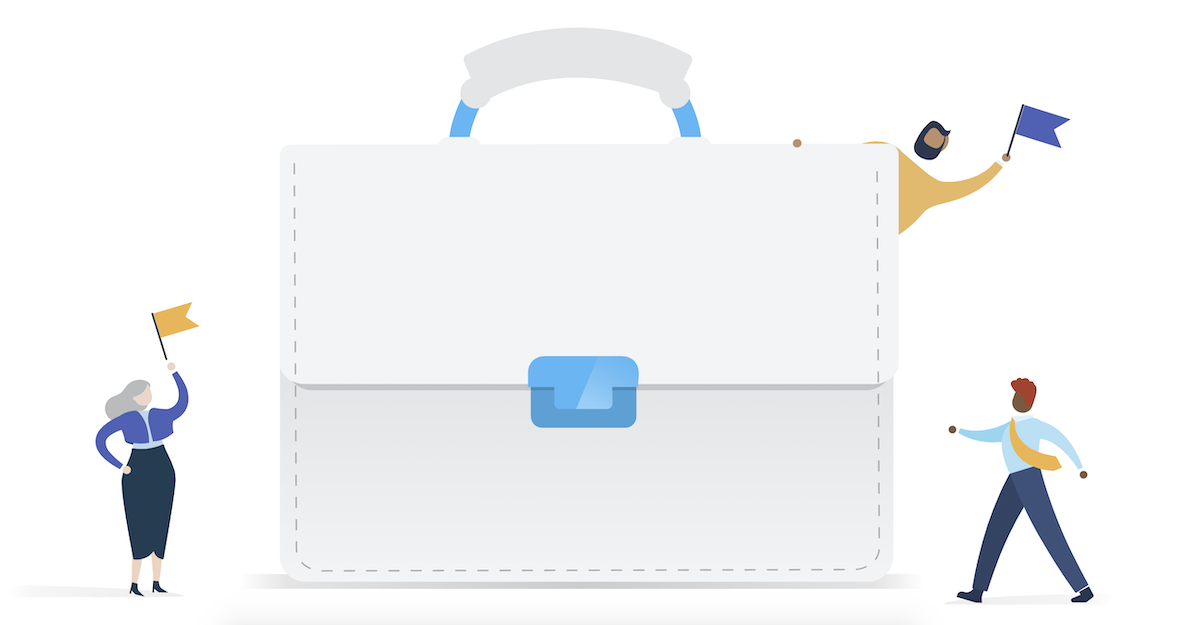Sole Proprietorship Vs Corporation in Canada: Understanding the Key Differences
Sole proprietorship vs. corporation in Canada: Understand the key differences to choose the best business structure for your needs.

A purchase order is one of the first steps in formalizing a purchase or business transaction for a product or service. An invoice is usually issued after the purchase order once the sale has been completed and payment is due.
It is essential to understand the difference between a purchase order vs invoice to help you keep on top of your cash flow and stay compliant.
The two documents work together to create a complete purchasing cycle.
| 📝This article will cover: |
|---|
Get your free purchase order template from Wise
Is a purchase order the same as an invoice? While they both contain order details and price, the two documents serve different purposes.
A purchase order confirms the order and what the vendor should supply. The buyer (i.e. customer) issues the purchase order based on their expectations and pre-agreed scope or statement of work with the vendor.
The invoice describes what was supplied or provided and is also an official request for payment. It is sent by the vendor after part of or the full order or service is completed. This depends on the payment schedule the buyer and vendor have agreed upon.
| Purchase order | Invoice | |
|---|---|---|
| Main use: | Sent to the vendor to confirm an order and detail what is being ordered | Official payment request |
| When to issue: | When ordering an item or service | After the order is completed and payment is due |
| Useful for: |
|
|
| Sent by: | Purchaser | Vendor |
| Received by: | Vendor | Purchaser |
| Information included: |
| Same information as on purchase order, plus:
|
Purchase orders (PO) are issued by the buyer and include a written list of goods or services. The purchaser sends the purchase order to the vendor to confirm the order.¹
This document acts as a confirmation and record for the order, and as authorization for the vendor to supply the products or services.
Once a PO has been signed by both parties, it is a legally binding contract for the works to commence at the agreed price.
Purchase orders are important and useful for several reasons, including:
Setting out detailed expectations for the order - this should help reduce problems, delays, or disputes later. Both the buyer and vendor know what is expected from the start;
Manage payments and cash outflows more effectively - with pre-agreed payment schedules, it’s easier for small business owners and finance teams to offset invoices against total or partial amounts easier, helping better manage your business’ cash flow;
Order management is easier to track - whether you’re acquiring goods or services.
A clear purchase order can be especially useful if the vendor is overseas and any errors can cause delivery delays. You have a legally binding document to help navigate difficult conversations.
| 💡You can use a free purchase order template to save time on admin when ordering services, supplies, and raw materials. |
|---|
An invoice specifies the products sold or services provided to a customer and acts as an official request for payment.² It will detail the amount to be paid and include the invoice payment terms.
The invoice is an important part of company record keeping and accounting.
| 💡 You can read the full guide: ‘What is an invoice?’ to learn more about invoices. |
|---|
While they serve different purposes, invoices and purchase orders share several similarities.
Both are part of the purchasing process. A robust purchasing process will involve issuing a purchase order first, and an invoice after the order is complete.
They contain much of the same information.
Both are legally binding contracts. Both purchase orders and invoices provide legal protection and offer evidence in the event of a dispute. Any invoice discrepancies can be linked back to the purchase order.
They are required for auditing. Both documents form part of company accounting, tax records, and audit requirements.
They are useful for inventory management. Data from both purchase orders and invoices can be used for inventory management. They will show how much inventory is committed and aid forecasting.
| 💡Send the purchase order, receive the invoice, pay with Wise. You can pay international invoices with ease when you use Wise Business. Create a multi-currency account for free, and see how paying like a local can be stress-free. |
|---|
Invoices can be issued without a prior purchase order. However, it is good business practice to use both.
Invoices can follow on from a purchase order once the order is complete. They can also be issued without a previous purchase order.
The purchase order acts as a kind of pre-approval of the order. If there are problems later with either the order received or the payment terms, the purchase order can settle the dispute.
However, a purchase order cannot be used as an official request for payment. The invoice needs to be issued for this purpose.
Now you know the difference between purchase order vs invoice, you’ll see that both play a key role in the purchasing cycle.
If you’re sending a purchase order, you’ll eventually need to pay the invoice.
If you need to pay international invoices, you’ll already know it can be a pain.
That’s where Wise can save you time and money (and a couple of gray hairs). With a Wise Business account, you can pay overseas vendors in their local currency with ease.
Save time and effort by using Wise
Wise supports over 50 currencies. The exchange rate used is the real-mid market rate (the one you’ll see on Google). What's more, fees are lower than with bank transfers, and even up to 19x cheaper than PayPal.
Your business can create a Wise Business account for free and start saving time and money straight away.
| 💡 For all you need to know about invoices, don't forget to read and bookmark the ultimate guide to invoicing from Wise! |
|---|

Sources:
All sources checked October 6, 2021.
*Please see terms of use and product availability for your region or visit Wise fees and pricing for the most up to date pricing and fee information.
This publication is provided for general information purposes and does not constitute legal, tax or other professional advice from Wise Payments Limited or its subsidiaries and its affiliates, and it is not intended as a substitute for obtaining advice from a financial advisor or any other professional.
We make no representations, warranties or guarantees, whether expressed or implied, that the content in the publication is accurate, complete or up to date.

Sole proprietorship vs. corporation in Canada: Understand the key differences to choose the best business structure for your needs.

Learn how to hire independent contractors in Canada. Understand legal rules, tax responsibilities, and how to avoid misclassification with this guide.

Learn how to hire independent contractors in Brazil. Understand tax rules, compliance, contracts, and how to avoid misclassification risks.

Learn how to open a business bank account in Finland with this guide. Get essential info and steps for setting up your business finances.

Learn how to open a business bank account in Switzerland. Discover the essential steps to set up your business finances.

Learn how to open a business bank account in France. Get essential tips and steps for setting up your business finances.